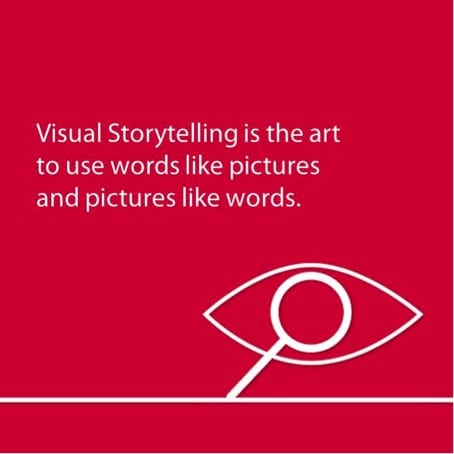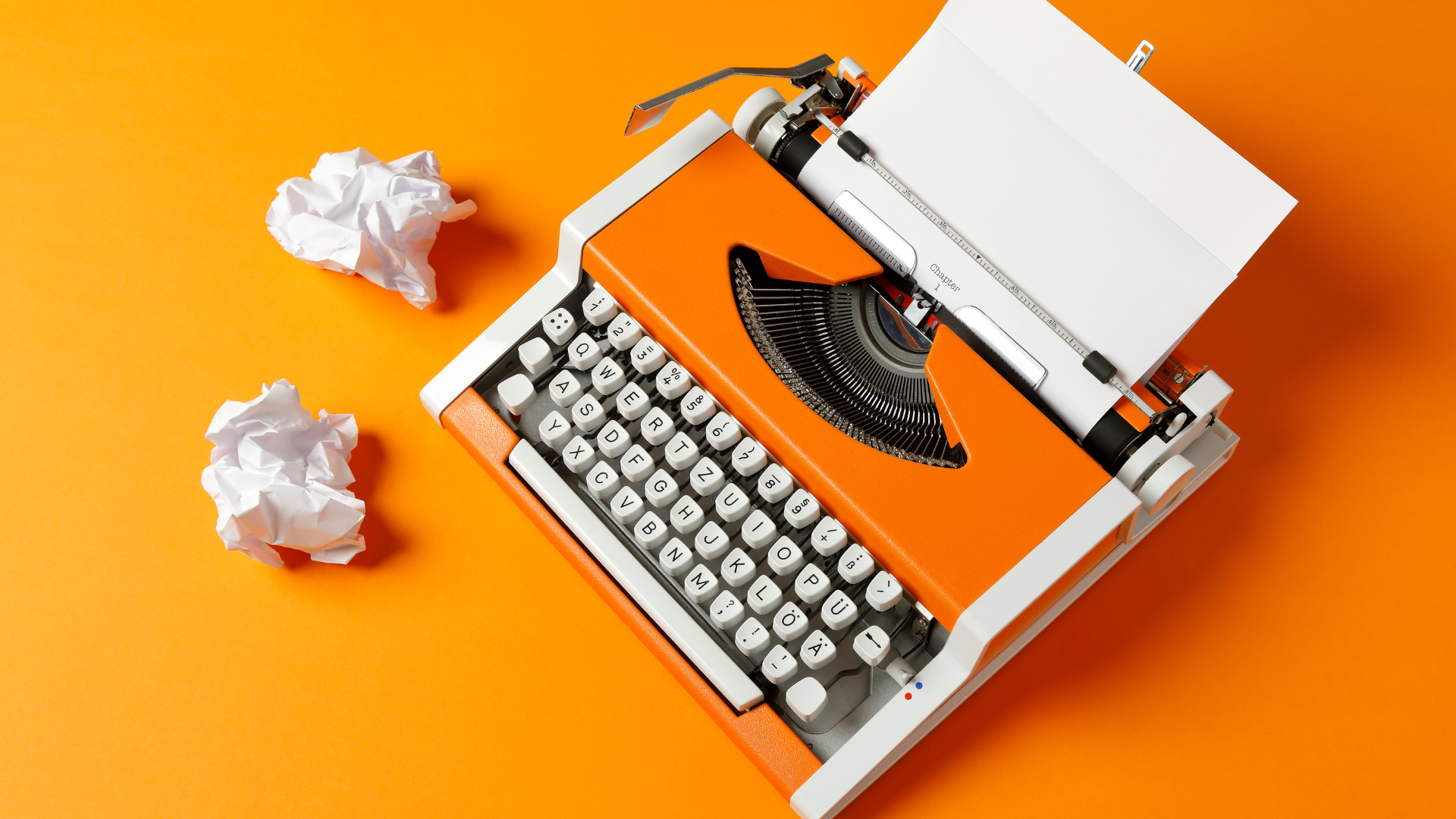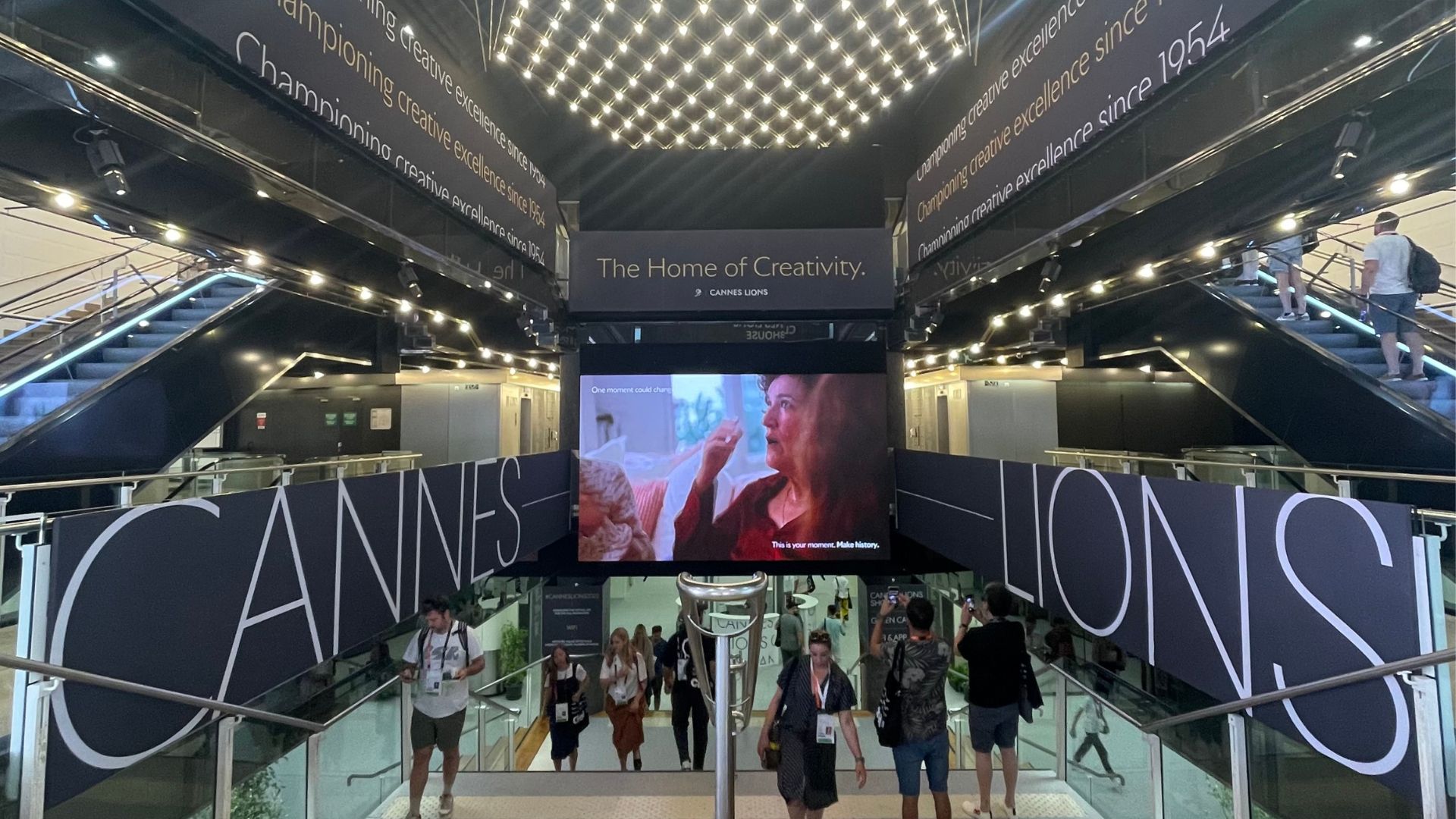 At the age of one babies start to draw. Perhaps some dots on a sheet of paper (or on the wall). Babies are excited about the fact that they can leave a mark—and impress their parents. Two dots, a straight line and a circle—call it the visualization of “Mama” and you’ll get an excited, proud Mom. At the age of four kids begin to draw details like fingers and toes. And by five or six they are visual storytellers, having learned enough symbols (sun, cloud, tree, house, car)—to cover a whole world.
At the age of one babies start to draw. Perhaps some dots on a sheet of paper (or on the wall). Babies are excited about the fact that they can leave a mark—and impress their parents. Two dots, a straight line and a circle—call it the visualization of “Mama” and you’ll get an excited, proud Mom. At the age of four kids begin to draw details like fingers and toes. And by five or six they are visual storytellers, having learned enough symbols (sun, cloud, tree, house, car)—to cover a whole world.
Yet most adults quit drawing at the age of 10 or 12.
When you ask an adult to sketch a house, many will do it the same way they did as a little girl or boy. That’s one reason why we shy away from drawing—we see it as “childish” and apologize when we are forced to sketch something. Even though we all started as Visual Storytellers, most of us have forgotten the skill, or haven’t practiced it in years.
But today, there is no capability more important in communications than the art of Visual Storytelling. We are in the midst of a “Visual Era” where images trump text in all kinds of communications. Infographics, photos, gifs, videos, animations—wherever we look, visual content is a key element. So, how do we respond to this new challenge? Most of our education is grounded in text. That’s our “Home.” We feel comfortable because we know the grammar, rules, vocabulary and semantics.
We are now tasked with relearning this new language—the language of Visual Storytelling (click to tweet). It’s no secret that most marketers and communicators have a degree in journalism, economics or even law. We are rooted in text. But now we have to learn to draw again.
Here is a “six-pack” of foundational rules to help your visual content break through:
1. The Eye Catcher:
Use images that jump off of the page or screen. “Eye Catcher-Visuals” provoke the question, “OMG! What happened here?” Theses images are visual exclamation marks intended to provoke action and trigger curiosity.
2. The Bullet:
Think about images as bullets. We are able to “read” and image 60k times faster than text, but some images are quicker on the draw than others. “Bullet-Visuals” are straightforward and simple. They are able to transform complex content into easily digestible design. Looking at these types of images helps you immediately understand complicated topics and ideas.
3. The Eye Candy:
You don’t have to be a designer to understand that aesthetics is perhaps the strongest visual trigger. “Eye Candy-Visuals” are a wellness oasis for our mind and soul. Staring at these images help us to relax in a hectic world—even if just for the blink of an eye.
4. The Door-Opener:
Some images open a door and invite us into another world—a daydream, a vision. These images spark fantasies and help us to follow curiosities. Escapism is a powerful tool.
5. The Zeitgeist:
When you discover meaning, a defining spirit, through a powerful visual something happens. You feel intellectually stimulated. Images that play with the notion of Zeitgeist are emotionally charged and very effective storytellers. The story behind the story is often more engaging than what first meets the eye.
6. The Meme-Hijacker:
And then, of course, there are images that jump on the latest trend, news story or meme. These images are fast and furious. They are agile, real-time communications—unafraid to use humor and irony to provoke a reaction. All you need to master this kind of work is to be witty, prepared and fast.
Try it—sketch by yourself. Practice. It doesn’t hurt. And speak to your graphic designers, photographers and filmmakers. Learn to speak their language. Learn their grammar—it is now a basic skill for all future communicators.


